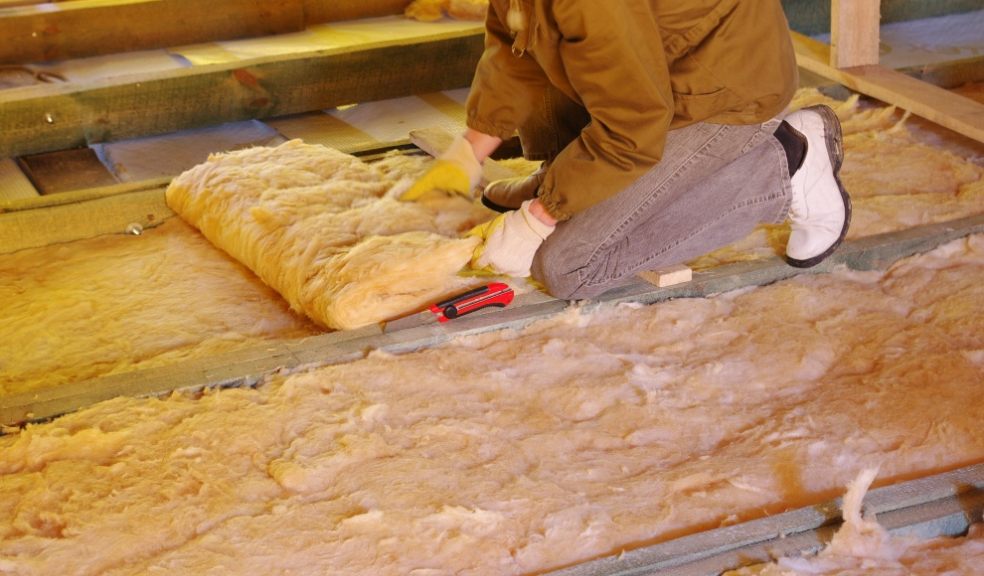
DIY Home Renovation: A Guide To Insulation
DIY home renovation is challenging, even for those experienced in DIYing. A renovation is hugely different from the odd bit of DIY here or fixing a leaky pipe there. For instance, if changing wall panels, floor boards, or ceiling panels – you'll need to think about more than just the panels; for instance, you may need new insulation.
In this article, we'll be covering essentials that you'll need for any minor or major renovation project. Make sure you get everything and read on.
What Is Insulation?
Insulation is, at its most basic, any material used to insulate a home or building and keep generated heat inside. It is particularly important in colder climates like the UK to ensure homes stay habitable during the harshest winter nights.
There are various types of insulation, and what you decide to choose from your project will depend heavily on what is being insulated and your requirements.
In the UK, building regulations require insulation to be at least 270mm thick with materialistic properties that promote insulation. For example, it cannot be 270mm of PVC panelling; it would need to be 270mm of insulation.
There's an industry standard for what is regarded as an insulation material. Let's explore the different types;
Insulation Materials
Most renovation projects will require replacing insulation to some degree. Insulation is often left for longer than wall panels or other home features, meaning they will likely need replacing – especially if it has been a long time since the last renovation.
Replacing insulation will also help you save on heating costs during the winter, so it's usually best practice to replace it when putting up new walls or replacing old walls.
Insulation is also vital for attic conversions to ensure that any small gaps that could cause a draft are sealed off.
There are different kinds of insulation to consider, such as:
Mineral Wool
Mineral wool is made by spinning or drawing molten mineral or rock materials to create a fibrous substance. Mineral wool can also be called mineral fibre, mineral cotton, man-made mineral fibre, and other similar names.
Rolls and sheets of this fibre, when compacted, make for excellent insulators. Some variations of mineral wool also tend to be fire resistant (but not fireproof), meaning they can act as passive fire-resistant material.
Mineral wool can be used in walls or to insulate pipes during a renovation project.
Insulation Boards
Insulation boards are, in essence, boards of material commonly placed in the internal wall gaps of a structure to keep heat in and the cold out. Two main types of insulation board are commonly used for renovation projects:
- Polyisocyanurate boards (PIR)
- Polyurethane boards (PUR)
While called boards, the materials they are made from form a foam-like material that makes them perfect for filling structural gaps. They are particularly good at insulating roofs and attics.
Foil Insulation
Foil insulation is another common way to insulate new or re-insulate older rooms, depending on your needs and requirements. Foil tends to be the go-to for most insulation sections of a DIY renovation due to how easy it is to install and cost-effective it is to buy.
Foil is usually made from aluminium foil or aluminised polyester and can prevent condensation and limit heat loss.
Natural Insulation
The last popular option for the insulation of a home or building is natural insulation. This type of insulation is created from or derived from natural materials and not synthetics. For instance, these materials could be wool, cork, flax, wood, or hemp, among others materials.
The main benefit of choosing natural insulation over synthetic insulation is that it is more sustainable and produces fewer carbon emissions. They also tend to be safer to install and handle for those doing DIY projects.
These types of insulation can be used in both walls and roofs.
Summary
The abundance of insulation materials makes for a lot of confusing decisions to be made when renovating your home. Choosing the right insulation will come down to what budget you have to spend, your technical ability to work with materials, how big the space you are insulating will be, and what material will work best to fit the legal insulation requirements.
As a last note of advice, when choosing insulation, always measure your spaces twice to be sure and consult an expert when you buy. They can provide additional help through their own experience and guide you to the correct product for your situation.
What insulation type will you be choosing for your project?

















